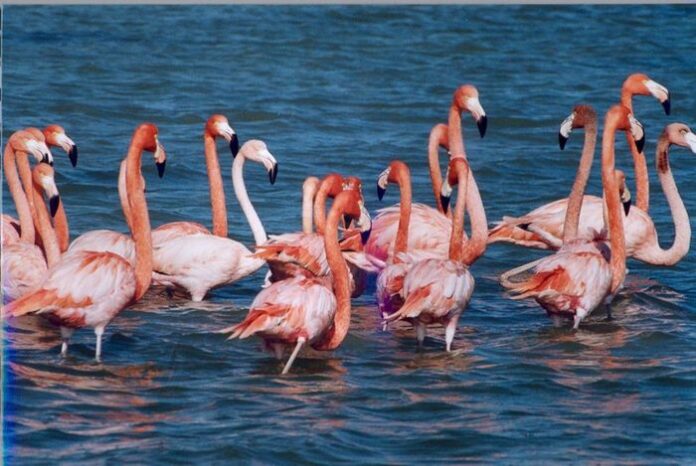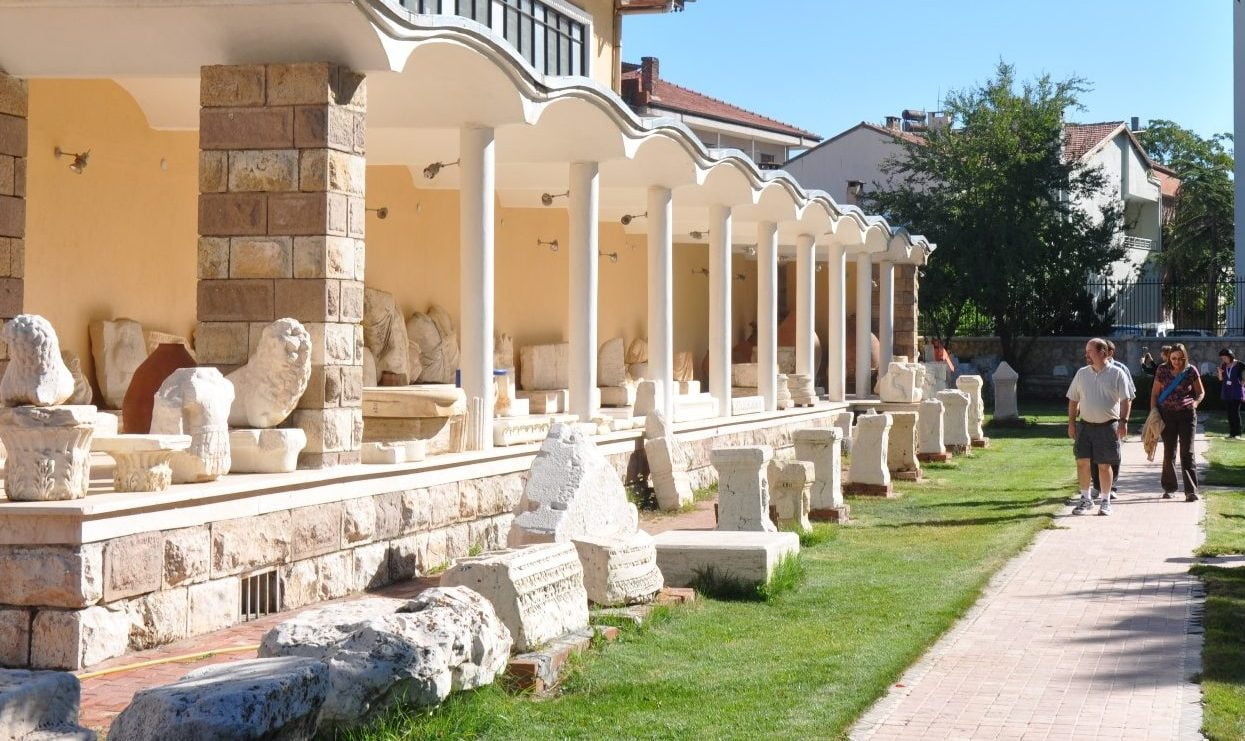On Sunday mornings, everyone in Belgrade seems to go to the market. The display of fresh food is both large and interesting. There are long rows of stalls filled with fish, meat, vegetables, fruits, and other local products.
One side of the main square is occupied by Serbian sellers—local butchers, small traders, and people offering handmade goods and everyday items. On the opposite side, vendors from Hungary display their products. These sellers come from across the River Sava and must pay customs duty to bring their goods into Serbia A Royal Sunday in Belgrade.
Hungarian Goods More Popular with the Wealthy
The difference between the Serbian and Hungarian sides of the market is quite noticeable. The Hungarian vendors not only looked more polished—many wore their traditional national costumes—but their goods also appeared more appealing.
Their butter and cheese were arranged more neatly and looked more appetizing. The vegetables they sold were fresher and larger than those from local farms. Even the cuts of meat seemed of better quality. Because of this, we were not surprised to learn that wealthier people in Belgrade preferred to buy from the Hungarian side of the market, even if it meant paying a little extra Guided Ephesus Tour.
Meanwhile, the working-class and poorer citizens typically shopped on the Serbian side, where prices were lower, though the quality was often not as high.
Fruits, Especially Plums, Are Abundant
The fruits available in the market were particularly impressive—especially the grapes and plums. Plums are the most important fruit crop in Serbia. In fact, Serbia is one of the world’s largest producers of prunes (dried plums), many of which are exported abroad.
In 1901 alone, Serbia exported over 40,000 tons of dried prunes. Another 30,000 to 40,000 tons of plums were used for making slivovitz, a strong plum brandy that is widely consumed in the Balkans.
Farming The Heart of the Serbian Economy
Serbia is primarily an agricultural country. Out of a total population of about 2.3 million people, 87 percent work in farming. There are nearly 300,000 farms across the country, most of them small—between 20 to 30 acres in size.
Over 300,000 acres of land are dedicated just to growing plum trees. Other major crops include wheat, corn, and grass. In addition to crops, animal farming is also important.
Pigs, in particular, are a key product. After a war with Bulgaria some years earlier (in which Serbia was defeated), there was even a proposal to pay war reparations not in money, but in pigs—about one and a half million of them!
Livestock and Wool Production
Serbia also has many sheep, and as a result, the wool industry is quite active. Cattle are also raised in large numbers, and the ranges across the countryside are well stocked. Together, crops and livestock form the foundation of Serbia’s economy at the start of the 20th century.








